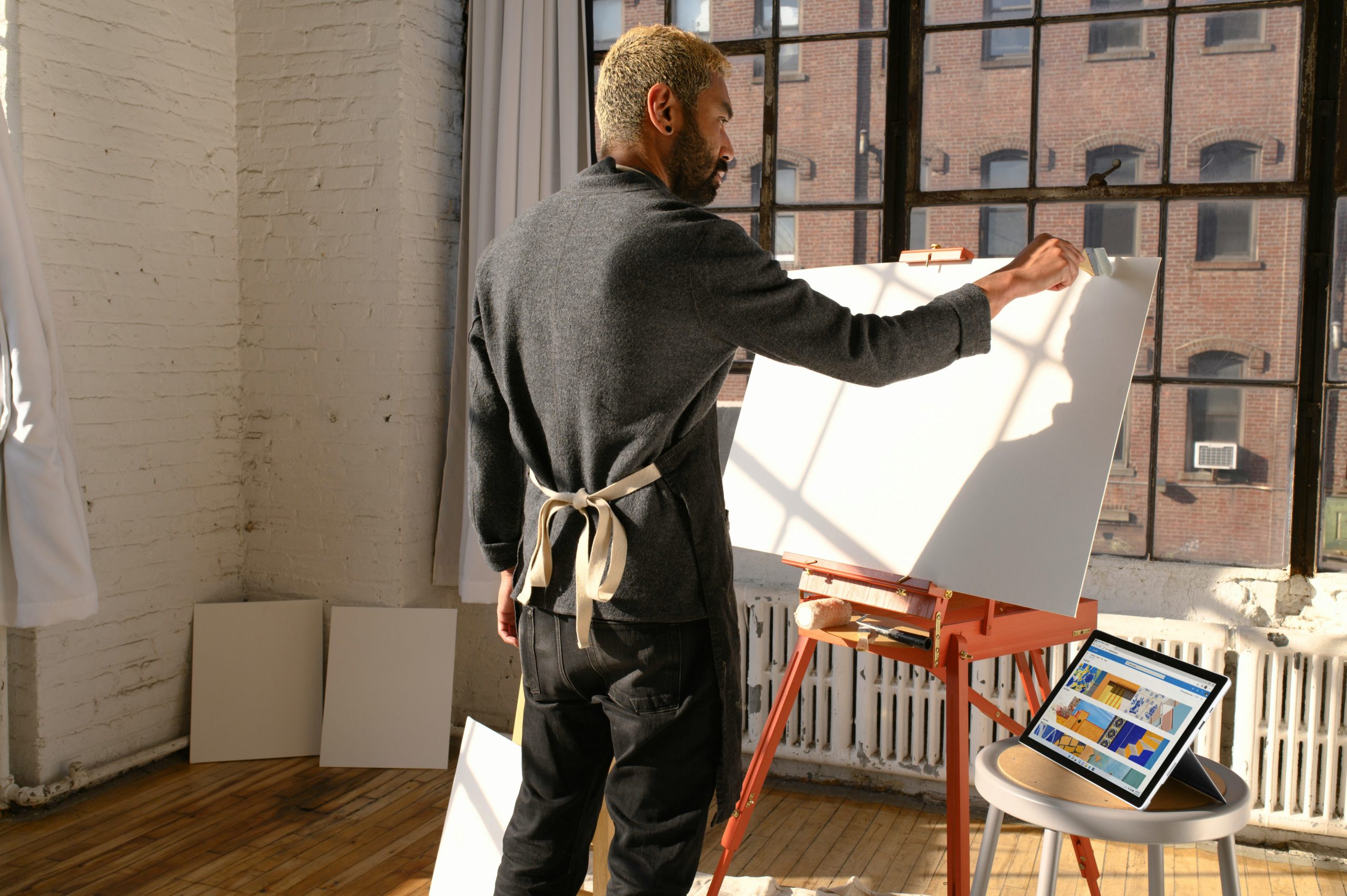
Picture yourself sitting at a blank page, canvas, screen, or mixing desk full of wonder and a little anxiety. That spark of creativity is precious. But with AI tools like ChatGPT, DALL·E, Adobe Firefly, and Sora now everywhere, many young creatives ask: Is AI killing creativity or redefining it?
This article unlocks what’s really happening in four creative fields: writing, design, music, and video. It’s for students, educators, parents, and youth programs. We’ll look at real examples, shift the mindset from fear to opportunity, and share practical tips for thriving in the AI‑driven creative future.
What Is Creativity? Human vs “Artificial”
Creativity means making something new, surprising, and helpful whether it’s a poem, an app design, or a music track.
Researchers like Margaret Boden describe creativity as “new, surprising, and valuable.” AI can mimic those traits but in a limited way. AI learns from existing data and blends patterns intelligently. It doesn’t dream, feel, or choose to create on its own Wikipedia.
Some experts argue that AI lacks intrinsic motivation. It only responds to prompts and doesn’t initiate its own ideas or push boundaries the way human minds can TandfonlineScienceDirect.
Still, AI is changing the process of creativity, rather than killing the purpose of human imagination.
AI as a Creative Partner, Not a Replacement
According to a recent news feature: “Humans and AI Are in Step, Not at Odds.” AI handles large, data-heavy tasks, while humans bring emotional insight, storytelling sense, and context. It’s like a relay race, in this race, AI passes the baton to people to finish the creative sprint The Times of India The Economic Times.
The Harvard Gazette also explains: AI can act like a collective unconscious, amazing at recombining ideas but best used under human guidance. “Used with human guidance throughout the process, [AI outputs] could probably work very well” news.harvard.edu.
Real Examples: How Creatives Are Using AI Today
Writing & Content Creation
-
“Alice and Sparkle” is a children’s book written and illustrated in a weekend by a single creator, using ChatGPT and Midjourney (a sister tool to DALL·E). It sparked debate but also showed how a solo author can quickly prototype ideas and stories using AI time.com+1Wikipedia+1.
-
Many writers use ChatGPT to brainstorm scenes, outline articles, or draft blog posts. Then they edit and shape the output, adding their own voice.
That’s a real shift but writers remain the captain of the ship.
Graphic & UX Design
-
Designers use DALL·E 3 or Adobe Firefly to generate mood boards, brand logo concepts, or full mockups. For instance, a designer began by asking DALL·E for logo ideas and then refined colors, shapes, and fonts with iterative prompts via ChatGPT’s interface zapier.com.
-
At architectural firm Zaha Hadid Architects, AI generated design sketches are shown to clients during brainstorming. But final 3D models, technical drawings, and style direction come from humans zapier.com.
AI speeds up ideation, but human design vision and judgement still lead.
Music Production
-
AI tools can generate melodies, chord progressions, or vocal loops based on user input. They serve as inspiration—not full songs.
-
Sound artists and neuroscientists have recently used AI to convert a COVID‑19 DNA sequence into musical notes. The result was a two-hour composition that blends science, data, and creativity Wikipedia.
But what makes that music powerful is the human choice: what sounds to pick, what emotions to convey, what story to tell.
Video & Digital Storytelling
-
Tools like Synthesia, Runway, and Sora help with automated editing, generating voiceovers, or creating quick visual drafts.
-
Content creators use ChatGPT to write scripts, then feed those into video tools, refining timing, transitions, pacing.
This hybrid process speeds up production, so creators focus on creative direction, storytelling, and emotional impact.
Common Myths Debunked
| Myth | Reality |
|---|---|
| AI kills creativity | AI redefines creativity by augmenting ideation and iteration, not replacing human imagination. |
| AI writes or designs everything | The best outputs come from human‑AI collaboration, where people guide, edit, and adapt what AI generates. |
| Creativity is dead | Creativity is evolving. Young people still need narrative ability, design sense, emotional insight, and critical thinking. |
Recent research shows that stories generated with AI feedback are rated as more interesting or better written—especially by less experienced creatives researchgate.netscience.org. That means AI can level the playing field but creativity still depends on human judgement, editing, and refinement.
Another study found people rate AI‑generated art lower than human‑made art even when quality is similar. Awareness of human involvement matters to audiences cognitiveresearchjournal.springeropen.com+1frontiersin.org+1.
How AI Is Reshaping Creative Industries
-
In marketing and digital media, brands use ChatGPT to generate campaign ideas, social copy, captions, or product descriptions. Coca‑Cola, Mattel, and others are experimenting though experts say AI outputs are best for brainstorming, not final publication without human cleanup apnews.com.
-
Fashion brands like Ganni have used custom GPT tools with their audience and brand data to generate interactive experiences and AI‑driven soundtracks, not fashion products, but the experience around them voguebusiness.com.
These experiments show that AI is less about replacing creatives and more about transforming workflows and opening new audience engagement formats.
Why AI Isn’t Killing Creativity, It’s Redefining It
Researchers argue that AI tools offer “artificial creativity”—outputs that can be novel, useful, and surprising but they lack human intention, emotion, or cultural context ScienceDirect. Their creativity is statistical, not soulful.
Yet scholars also show that AI can achieve human-level creative performance in certain tasks like idea generation. In a large study, several AI chatbots, including ChatGPT created ideas judged to be no worse than those from humans arxiv.orgarxiv.org.
That means: AI can generate, but humans still curate, reshape, and choose. The creative edge comes from synthesis not just generation.
What Young Creatives and Educators Need to Know
Shift from “Fear” to “Skill-Building”
Young creatives often worry: Will AI make me obsolete? In reality, the opposite is possible. Students who learn to use AI tools effectively gain a creative advantage.
-
Prompt writing (sometimes called “prompt engineering”) is a new skill in design, writing, and marketing.
-
Understanding AI‑generated art raises questions about copyright, attribution, and ethics.
-
Knowing when to rely on AI vs. trusting human intuition becomes a competitive advantage.
Future-Ready Skills to Cultivate
1. Creative direction & judgement: Human taste, narrative choices, tone, editing.
2. Prompt craft & iteration: Learning how to translate ideas into prompts that yield strong starting points.
3. Ethical decision-making: Managing attribution, bias, copyright, and transparency.
4. Critical thinking: Evaluating AI outputs not taking them at face value.
5. Storytelling & empathy: Connecting with human emotion in writing, music, design, and video.
Educators and advisors can support students in acquiring these hybrid skills. Parents can encourage curiosity about tools and critical thinking about their use.
Practical Tips for Students & Young Creatives
Writing & Content Creation
-
Use ChatGPT to draft ideas or outlines, then add your own voice.
-
Try asking: “Brainstorm 5 headline ideas about sustainability for Gen Z”. Then edit and refine.
-
Test AI for writing email campaigns but always human-edit before publishing.
Design & UX
-
Create mood boards, style variations, or concept sketches with DALL·E, Firefly, or Midjourney.
-
Then open your favorite design tool (Figma, Photoshop) to refine layouts, typography, color balance.
Music & Sound
-
Use AI tools to generate melodies or harmonic ideas as starting points.
-
Import those into your DAW and craft your own chords, rhythms, and production decisions.
Video & Digital Storytelling
-
Begin with an AI‑generated script or storyboard. Then shoot or edit with real footage, voice, pacing.
-
Use Sora or Runway for early cuts but always shape the final pace, framing, and emotional beats.
Portfolio & Career Prep
-
Build projects showcasing human‑AI synergy: e.g. a blog post where you explain how prompts evolved, or a design portfolio that shows initial AI mockups and finished versions.
Real-World Example: A Student Project
Imagine Maya, a student who wants to start a personal branding service for local small businesses:
1. She uses ChatGPT to flesh out branding ideas, value propositions, and marketing messages.
2. She drafts logo concept variations with DALL·E 3 based on her own brand voice.
3. She produces a short video using Sora for voiceover and visuals, telling her own brand story.
4. She uploads her process to a class portfolio, showing initial AI prompts, intermediate outputs, and final edits.
Result: A compelling showcase of original thinking, technical skill, and AI‑powered ideation.
Ethics & Authorship: What Young Creatives Should Know
AI tools raise important concerns:
-
Copyright & training data: Many AI models train on unlicensed artworks or text. Tools like DALL·E 3 now allow artists to opt out of training data, and OpenAI has introduced content credentials to verify origins and authenticity wired.com.
-
Bias & fairness: AI outputs can reflect bias in training data. Ethical prompts and clear edits help reduce harmful stereotypes.
-
Transparency: When disclosing AI usage, like “drafted with ChatGPT, refined by me,” audiences value honesty and human involvement, even judging AI art more harshly if they think it was fully AI-generated cognitiveresearchjournal.springeropen.comfrontiersin.org.
Educators can encourage students to think and talk about these choices not just technically but ethically.
Creativity Is Evolving, Not Dead
AI is not killing creativity, but redefining it. It’s a collaborator that accelerates ideation and helps you start but creative vision, emotional insight, and craft remain deeply human.
Young creatives who learn to work with AI, prompting wisely, editing thoughtfully, and thinking openly will lead future fields in writing, design, music, video, and marketing.
Educators, advisors, and parents can support this shift by encouraging critical AI use, teaching emerging ethical skills, and opening doors to future-ready creative pathways.
The AI‑Powered Creativity Mindset
Human imagination guided by AI tools. Originality shaped by your choices. Innovation unleashed through new skill combinations.
Creativity isn’t dead, it’s evolving. Use AI as a creative partner, not a replacement. It’s your vision, curiosity, and choices that turn ideas into something meaningful.
